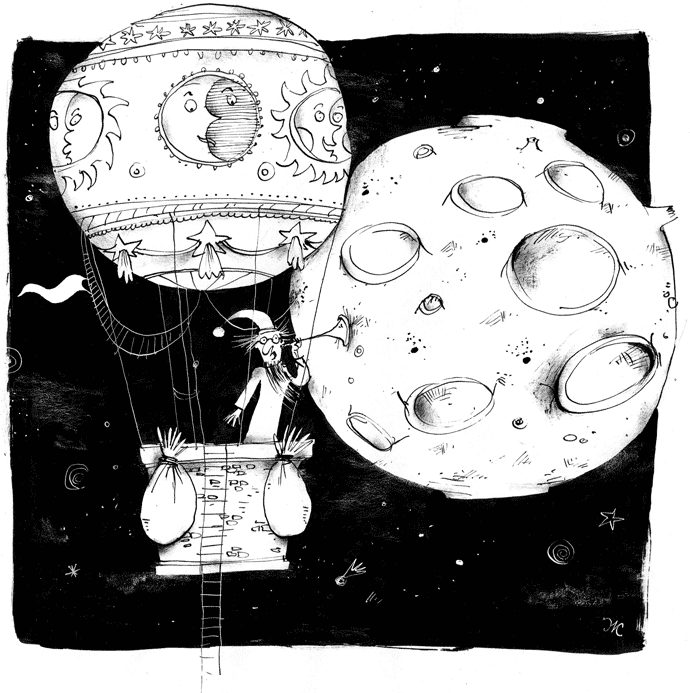Part 2 of a series of short book reviews themed around social formations in technology. Includes Control revolution, 1997, by J.S. Beniger; Anson Rabinbach’s. The Eclipse of the Utopias of Labor, 2018; Stephen Kern’s The Culture of Time and Space 1880-1918, 1983 and Kat Jungnickel’s Bikes and Bloomers, 2018.
Charley Peters - Drawings in Space
Drawing can articulate our relationship to space and location, and the experiential act of drawing in-situ is central to how we record the world and our encounters with it. Experiences of drawing on location also allow an exploration of the nature of drawing itself, its relationship with materials, processes and the drawing surface.
Charley Peters, Drawing in the Reality of Space, TRACEY, 2014



CHARLEY PETERS, LOGICAL ATOMISM (2012), ACRYLIC YARN AND FISHING WIRE IN SPACE
Artist website: http://www.charleypeters.com/
Space as material
In phenomenology, the environment is concretely defined as "the place", and the things which occur there "take place". The place is not so simple as the locality, but consists of concrete things which have material substance, shape, texture, and color, and together coalesce to form the environment's character, or atmosphere. It is this atmosphere which allows certain spaces, with similar or even identical functions, to embody very different properties, in accord with the unique cultural and environmental conditions of the place which they exist. Phenomenology is conceived as a "return to things", maneuvering away from the abstractions of science and its neutral objectivity. Phenomenology absorbs the concept of subjectivity, making the thing and its unique conversations with its place the relevant topic and not the thing itself. The man-made components of the environment become the settlements of differing scales, some large—like cities, and some small—like the house. The paths between these settlements and the various elements which create the cultural environment become the secondary defining characteristics of the place. The distinction of natural and man-made offers us the first step in the phenomenological approach. The second is to qualify inside and outside, or the relationship of earth-sky. The third and final step is to assess character, or how things are made and exist as participants in their environment. Source: http://en.m.wikipedia.org/wiki/Phenomenology_(architecture)

